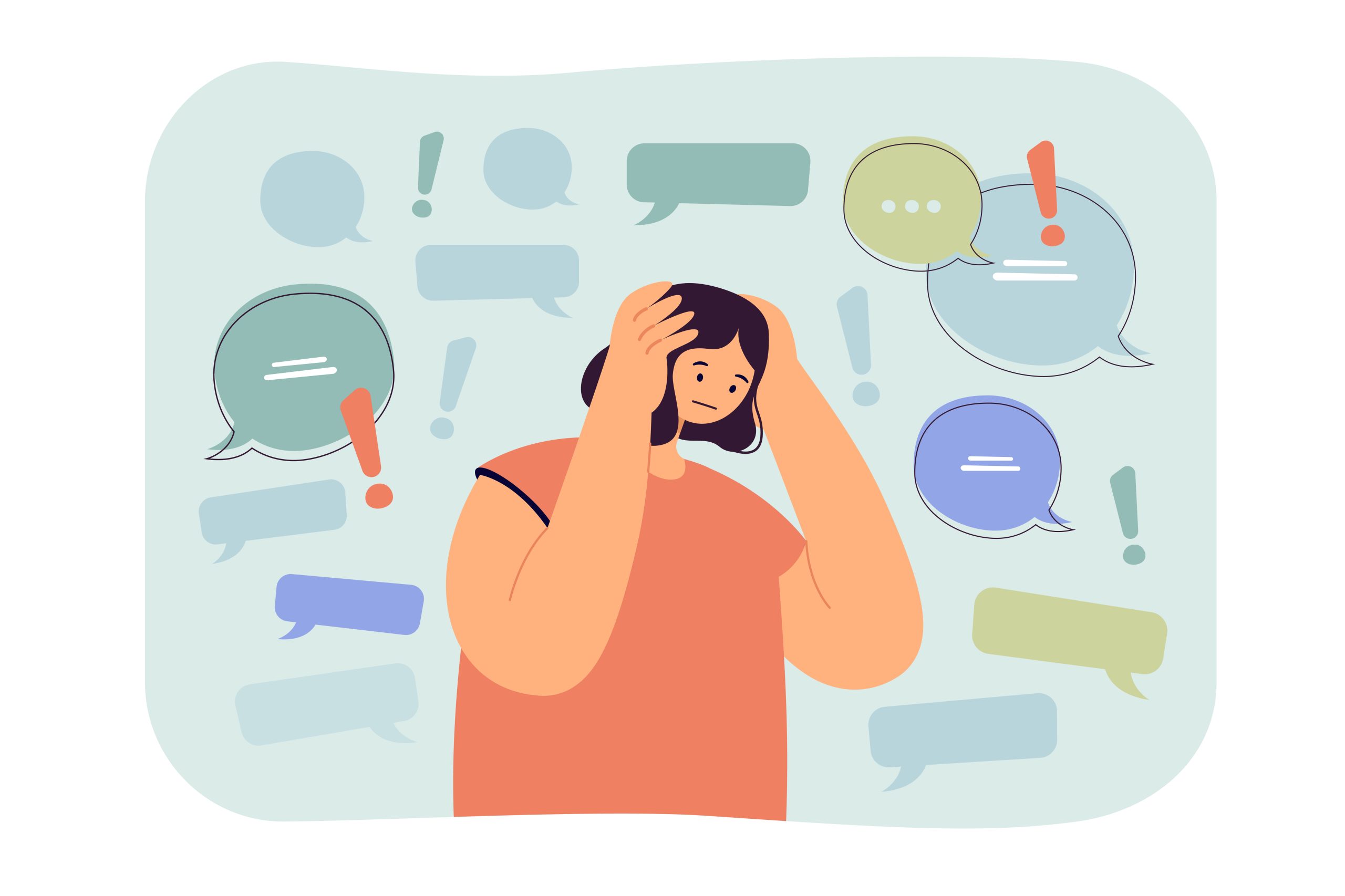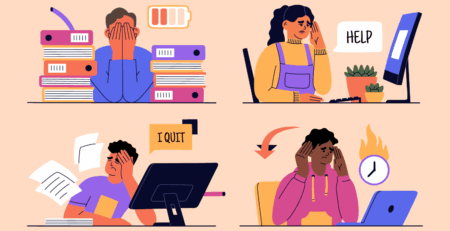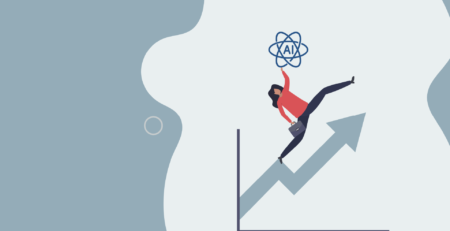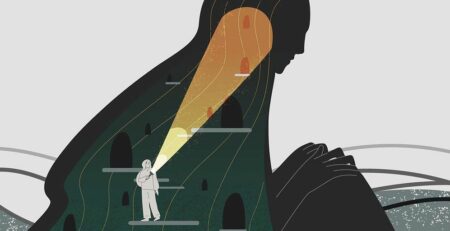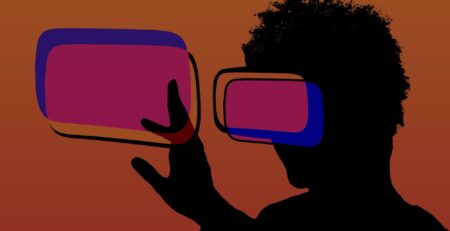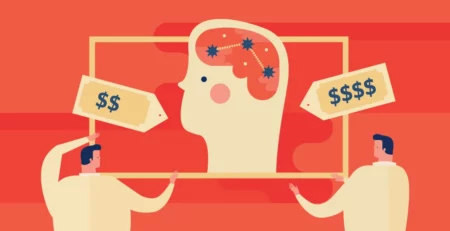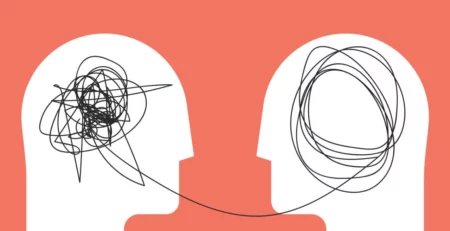Technology surrounds us in almost every part of life. It plays a big role in communicating and working. Yet, it can also distract in many ways. Notifications and messages pull attention away from tasks. When checking screens, it’s easy to get lost in other activities like scrolling social media or watching videos.
In the workplace, staying focused has become harder. Digital communication tools and constant alerts make concentration difficult. Multitasking adds to the challenge, making it tough to prioritize important tasks. Despite these distractions, research highlights that focus is key for success. It supports productivity, creativity, and a person’s well-being.
This article will look into effective strategies to reduce digital distractions. These approaches can help improve concentration at work, allowing better performance and less stress.
Table of Contents
Challenges of Workplace Distractions
Workplace distractions have become a serious issue for productivity and focus. Research shows that frequent interruptions and task-switching increase mistakes, delay task completion, raise stress, and lower satisfaction. Studies reveal that employees now shift tasks every few minutes due to notifications, meetings, or secondary screens. This constant shifting makes it harder to focus on deep work. This is the kind of concentrated effort that leads to valuable results.
These distractions cause a major loss in productivity. Reports estimate that interruptions and multitasking cost U.S. businesses billions every year. After an interruption, it takes more than 23 minutes to refocus on the task. In some cases, workers never return to what they were doing. This reduces their ability to reach a flow state, makes decisions harder, and increases stress.
Ironically, digital tools meant to improve productivity are now some of the biggest sources of distraction. Notifications, meant to be helpful, become interruptions. Workers are conditioned to check messages and apps constantly. Whether in meetings or working alone, alerts from phones or browsers often pull attention away from the task at hand. Workers now spend a large portion of time handling emails and attending meetings, leaving little space for focused work.
Multitasking has a place, but the high volume of alerts and the need to switch between tasks regularly are hurting modern work environments. Solving this issue needs efforts from both companies and workers. Leaders need to create environments that support focused work. Workers must learn to control attention better. With a balanced approach, distractions can be reduced.
Ways to Minimize Distractions in the Workplace
Leaders play a major role in shaping a workplace that supports focus. They can adopt several research-backed strategies to help employees reduce distractions and stay productive.
Set Clear Guidelines Against Interruptions
Studies show that workplace behaviors, including distractions, are largely shaped by social norms. When a workplace sets clear expectations for uninterrupted focus, employees are more likely to follow. For example, organizations can establish “no-interruption” hours when meetings and notifications are paused. Large companies like Google have implemented “focus time” to prevent unnecessary distractions. By setting these guidelines, leaders send a message that concentration is valued. It’s also important for management to clearly communicate these norms to all team members. This creates a sense of shared responsibility for protecting focus.
Design Task Systems to Support Deep Focus
To help employees concentrate better, organizations should structure tasks in a way that encourages deep, uninterrupted work. One effective approach is to block off specific time periods for complex or creative projects that require full attention. It’s also helpful to stagger tasks and meetings throughout the day to avoid overwhelming employees with back-to-back responsibilities. Digital workspaces can also benefit from creating “focus zones” or specific times where no video calls or chats are allowed. This setup creates an environment where employees can focus on tasks without being pulled in multiple directions.
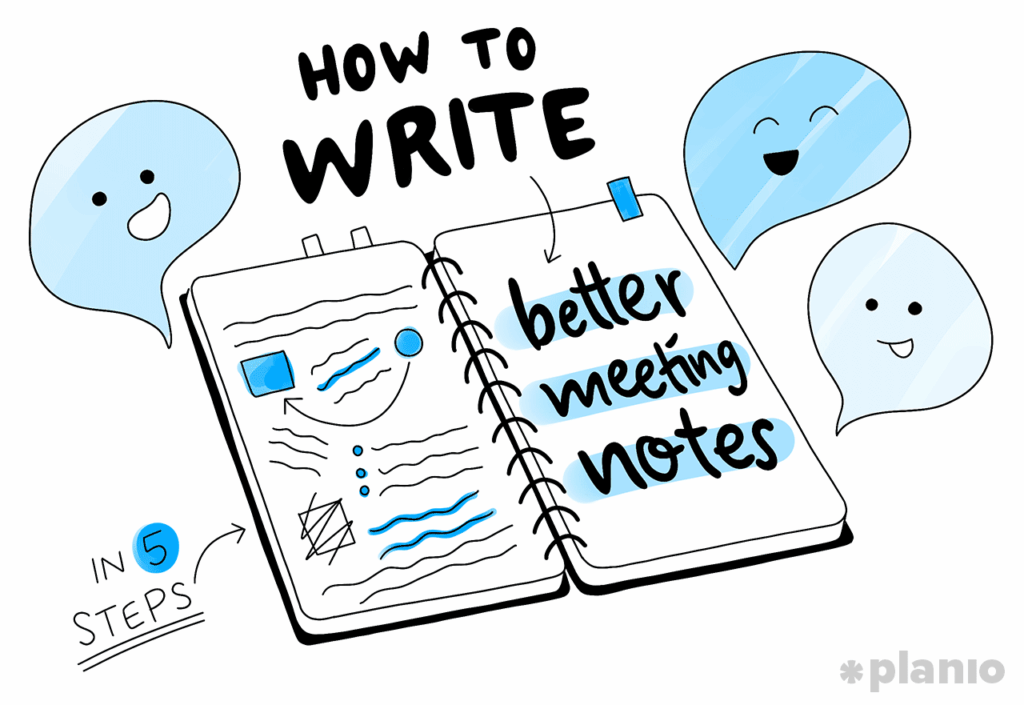
Cut Down on Unnecessary Meetings and Alerts
Meetings and notifications often interrupt work, making it difficult for employees to maintain focus. Leaders should regularly review the number and purpose of meetings. By reducing unnecessary gatherings and limiting attendance to essential participants, time can be better spent on focused work. Another way to reduce distractions is to manage notifications. Setting limits on non-essential alerts or scheduling them to appear at designated times can help prevent constant interruptions. Workers will benefit from batching non-urgent messages to check periodically, rather than constantly shifting attention away from important tasks.
Model-focused Work Habits
Leaders set the tone for workplace culture through their actions. When leaders prioritize focus by protecting their own time and avoiding distractions, it encourages others to do the same. This includes limiting phone use, managing notifications, and being fully present during interactions with others. When employees see their leaders engaged in focused, distraction-free work, it reinforces the importance of concentration and productivity. Leaders can further strengthen this culture by publicly acknowledging the value of deep work.
Personal Tactics for Overcoming Distractions
Here are some effective tactics to help regain focus and minimize interruptions:
Set Focus Time in Small Blocks
Expecting to stay focused for long periods is unrealistic. A better approach is to set specific blocks of time for concentrated work. Aim for 30-60 minute sessions of uninterrupted work, followed by short breaks. This method is effective because it mirrors the natural rhythm of the brain, which can only maintain high focus for a limited time. These focused blocks help you get into a flow state, where your concentration deepens and productivity increases. Taking a brief break between sessions refreshes the brain, allowing for sustained focus throughout the day. Regularly scheduling these blocks creates a routine that helps guard against distractions.
Create a Workspace Free of Distractions
Your workspace environment has a direct impact on your ability to focus. Keeping unnecessary items off your desk, like your phone or other gadgets, reduces the temptation to get distracted. Closing extra browser tabs and programs not related to the task at hand can minimize mental clutter. Reducing notifications also helps. You can set devices to “do not disturb” mode, so you’re not constantly interrupted by pings or alerts. A distraction-free workspace doesn’t happen with just removing physical items. You have to create a calm environment that supports concentration. Adjust lighting, keep things organized, and make your space somewhere that encourages deep work.
Practice Mindfulness and Self-Control
Mindfulness involves being aware of your thoughts and actions in the moment. Distractions often come from automatic behaviors, like the urge to check your phone. By practicing mindfulness, you become more aware of these impulses and can make a conscious choice to ignore them. Regularly practicing mindfulness helps strengthen self-control over time. Simple habits like sticking to an agenda, avoiding multitasking, or delaying checking notifications develop the discipline needed to stay on track. Over time, this awareness and self-control can significantly reduce the number of distractions and increase focus.

Track Your Focus Levels
Monitoring how much time you actually spend working versus getting distracted helps you understand your focus patterns. Time-tracking apps can show how much time is spent on specific tasks and how often you get interrupted. These insights help identify what’s distracting you and when it’s happening. With this data, you can make adjustments, like scheduling tasks at times when your focus is stronger. Tracking your focus also introduces accountability. By making distractions visible, you can take steps to eliminate them. Setting small goals, like increasing the amount of time spent in deep work, can further improve focus.
Let Go of Perfectionism
The drive for perfection can often lead to procrastination and unnecessary distraction. Many people get caught up in trying to make every detail perfect, which can slow progress and increase the temptation to look for distractions. It’s important to remember that perfection isn’t always necessary for every task. Shifting your mindset to focus on completing tasks instead of perfecting them helps reduce pressure. This allows for small mistakes and adjustments along the way, which can ultimately lead to greater productivity. Accepting that not every task requires your full attention helps you allocate your focus where it’s truly needed.
Plan Your Day in Advance
Starting the day with a clear plan keeps you focused and reduces decision fatigue. Take a few minutes either in the morning or the night before to list all the tasks that need to be done. Prioritize them based on urgency and importance. Then, assign time slots for each task, making sure to schedule breaks to avoid burnout. Having a set plan gives structure to your day. It helps you stay on track and avoid the drift into distractions. This method also helps you manage your workload effectively. You can tackle the most critical tasks during peak focus times and leave less demanding tasks for later in the day.
Make Your Phone Less Tempting
Smartphones are a major source of distractions. However, small adjustments can reduce their pull. For example, changing your phone’s display to black and white makes it visually less appealing. This simple trick can decrease the temptation to check your phone. Logging out of social media apps adds an extra step before you can access them, making it harder to quickly scroll through feeds. Deleting apps that aren’t needed for work or placing them in hard-to-reach folders can also reduce mindless checking. These small changes make your phone less distracting, allowing you to maintain better focus during work hours.
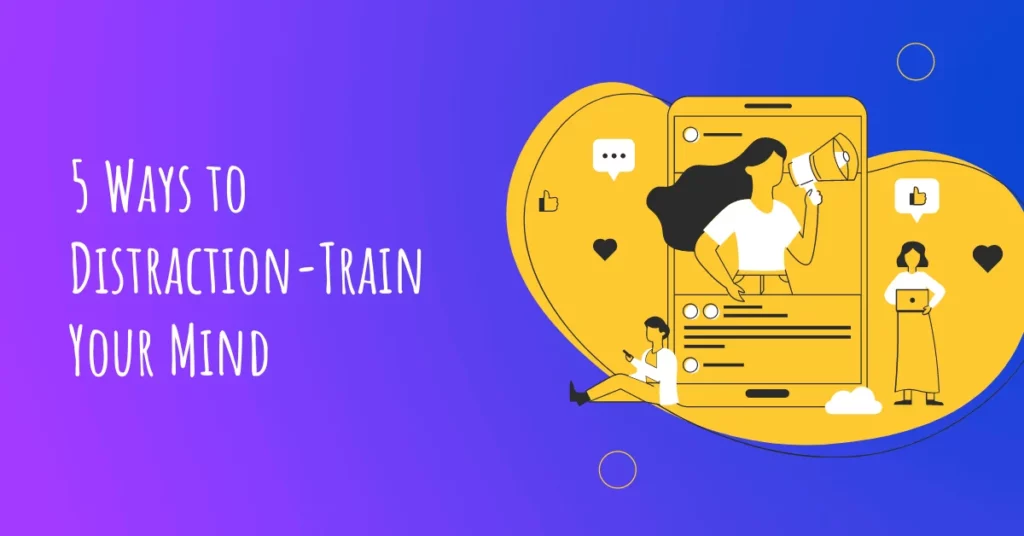
Time Limits for Tasks
Giving yourself strict time limits for each task forces you to focus on completing it within that period. For example, setting a one-hour limit to finish a report helps prevent distractions because you know the clock is ticking. This method, known as time boxing, increases urgency and reduces procrastination. Once you’ve finished a task, transitioning directly to the next one without idle time helps prevent distractions. Having clear start and end times for tasks creates momentum throughout the day, helping you stay productive without drifting into unrelated activities.
By creating systems that support focused work and reducing unnecessary digital interruptions, organizations can promote a culture of concentration. At the same time, individuals can develop habits to manage their attention better.
Using a combined approach that works at both the organizational and personal levels allows knowledge workers to take back control over their focus. Building an environment that encourages deep work helps restore mental energy lost to constant distractions. This empowers individuals and teams to reach their full potential, achieving a state of productive flow.
For more similar blogs, visit EvolveDash today!
FAQs
- What are the long-term effects of digital distractions on mental health?
Digital distractions can lead to increased stress, anxiety, and burnout over time. Constant interruptions disrupt workflow and create feelings of overwhelm, which can negatively impact overall mental well-being.
- How can I convince my manager to implement distraction-reducing strategies?
Present research on the impact of distractions on productivity. Suggest pilot programs or small changes that can easily be tested, such as “no-interruption” hours or reduced meeting times. Emphasize the potential benefits for team morale and overall performance.
- Are there any tools or apps that can help reduce distractions?
Yes, there are many tools designed to minimize distractions. Apps like Focus@Will provide background music for concentration, while tools like Freedom or Cold Turkey block distracting websites and notifications during work hours.
- How can I handle a team member who frequently interrupts my focus?
Communicate openly with the team member about your need for focus. Suggest using scheduled times for discussions or check-ins to minimize interruptions. Setting clear boundaries can help maintain a productive work environment.
- What should I do if I find myself distracted despite trying these strategies?
If distractions persist, it may be helpful to reassess your work environment and habits. Consider seeking feedback from colleagues or a mentor. Sometimes, discussing challenges with others can lead to new strategies or insights.
- Are there specific times of day when people are more prone to distractions?
Research suggests that many people experience dips in focus during mid-afternoon. This is often a good time to schedule breaks or less demanding tasks. Knowing your peak focus times can help you plan effectively.
- How does physical health relate to managing distractions?
Physical health can significantly affect focus and productivity. Regular exercise, a balanced diet, and adequate sleep improve cognitive function, making it easier to manage distractions.
